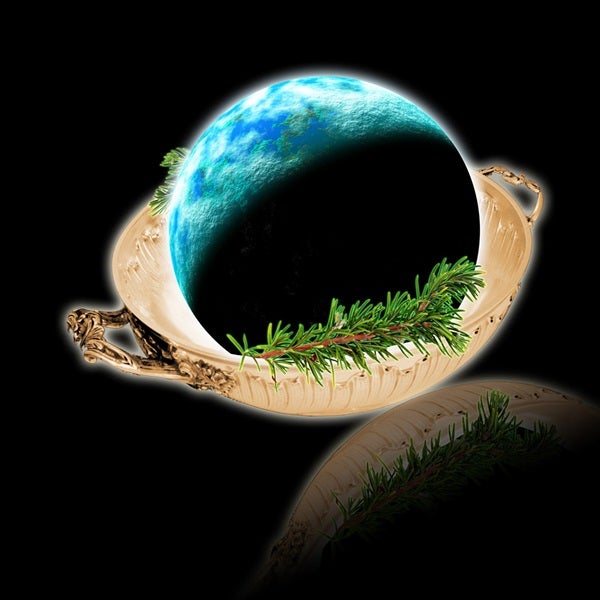But there’s also reason to doubt. Red dwarfs are much smaller than our Sun. To orbit in the habitable zone, an Earth-sized planet must huddle close to its host star. And red dwarfs can be highly active, shooting off the kind of flares that strip atmospheres. The close-in orbit could cause tidal locking, with one side in constant light and the other eternal darkness, lit only by the abundant aurorae, which would serve as harbingers of yet another solar storm. That temperature contrast between nightside and dayside also could blast hurricane-force winds across the planet — not exactly Earth-like conditions.
The recently discovered exoplanet Kepler-186f might help settle things. Astronomers think it could be the most Earth-like world found to date. The fifth planet from its red dwarf sun, this world might sit just far enough out to stay in the habitable zone while avoiding tidal lock. Light from the invisible infrared part of the spectrum would shine brightest, with a fraction of starlight falling in the red visible range. Rather than red, the light would have an orangy-yellow hue because of the way our eyes have evolved on Earth. And any aliens would be very different too. Astrobiologists predict the red-wavelength photons would push plants relying on photosynthesis to use a wider spectrum for energy, creating red or black plants.
But could such a world exist right next door? Astronomers are currently employing the Hubble Space Telescope to watch Proxima Centauri as it passes in front of a pair of background stars. Their hope is that gravity from an orbiting planet would warp the starlight and reveal its presence. The final encounter will occur in 2016. Here’s to hoping for friendly neighbors.
Associate Editor










